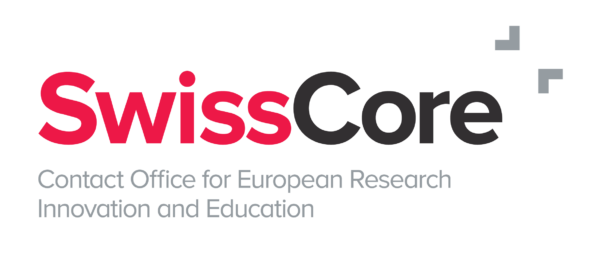The report presents helpful tools and teaching material on AI for different age levels.
Among EU education priorities, both supporting the digital transition and teaching professions are high on the list. With increasing demands on teaching staff, their competences are sometimes pushed to the limit when it comes to following the evolution of digital technologies. Resulting from the concerns in the education field about artificial intelligence (AI), the European Digital Education Hub (EDEH) published a report about the risks and benefits of AI in teaching and learning. The EDEH brings together experts and interested parties from schools and other education institutions and is supported by the European Commission (EC).
During recent months, the EDEH prepared information about different digital tools that teachers might currently need to address and work with. Among the latest digital innovations, AI burst into our everyday lives and altered many of our habits, especially since the launch of ChatGPT at the end of 2022. In order to help the education actors with these innovations, the EDEH gathered tips and recommendations on how to “teach for AI”, “with it”, but also “about it”. The report is structured in three parts: “teaching for AI” where the main focus is providing citizens the necessary skills to safely engage with AI systems, “teaching with AI” where the use of AI tools for educational purposes is developed and “teaching about AI” in which the fundamentals of AI are taught to students.
All these recommendations are aligned with the AI Act, the regulation on AI proposed by the EU (see SwissCore article). Therefore, the main outcomes remain the same: human beings remain above the machine and thus must be able to understand the AI’s decisions, correct its mistakes and mitigate the possible biases generated. These considerations need to be taken into account especially when educators want to teach with AI or when they might want AI to assess students. Again, teachers should always have the final word in any decision-making processes made during the classes.
“Teaching for AI” is seen as the first step and a pre-requisite to engage safely with AI and to use it as a teaching tool. In order to achieve it, the report recommends implementing classes in teaching institutions or during further education lessons about AI, its risks and benefits. Thus, teachers could raise AI awareness to students, teach them their personal rights, and how these tools impact their daily lives. These targeted classes for educators could be based on examples by showing them how AI could be used as a complementary tool to their teaching.
When it comes to “teaching with AI”, it should be seen as a complement and as an additional tool for the teachers to increase interactivity, personalisation, or student feedback. With appropriate pedagogical goals and required caution, teaching could thus be enhanced. For “teaching about AI”, the educators bring the knowledge to use and create new AI with adequate programming languages to the students by implementing school projects. However, this needs to be done very carefully as AI can create unexpected results or uncontrolled outcomes if the AI creators do not set clear limits to the AI software.
As for now, Switzerland has decided not to implement any regulations about Artificial Intelligence. Yet this report remains relevant as it presents several tools and websites to get familiar with AI, teaching materials for different age levels about AI, as well as some tips and classes on how we can efficiently use AI in classes.

